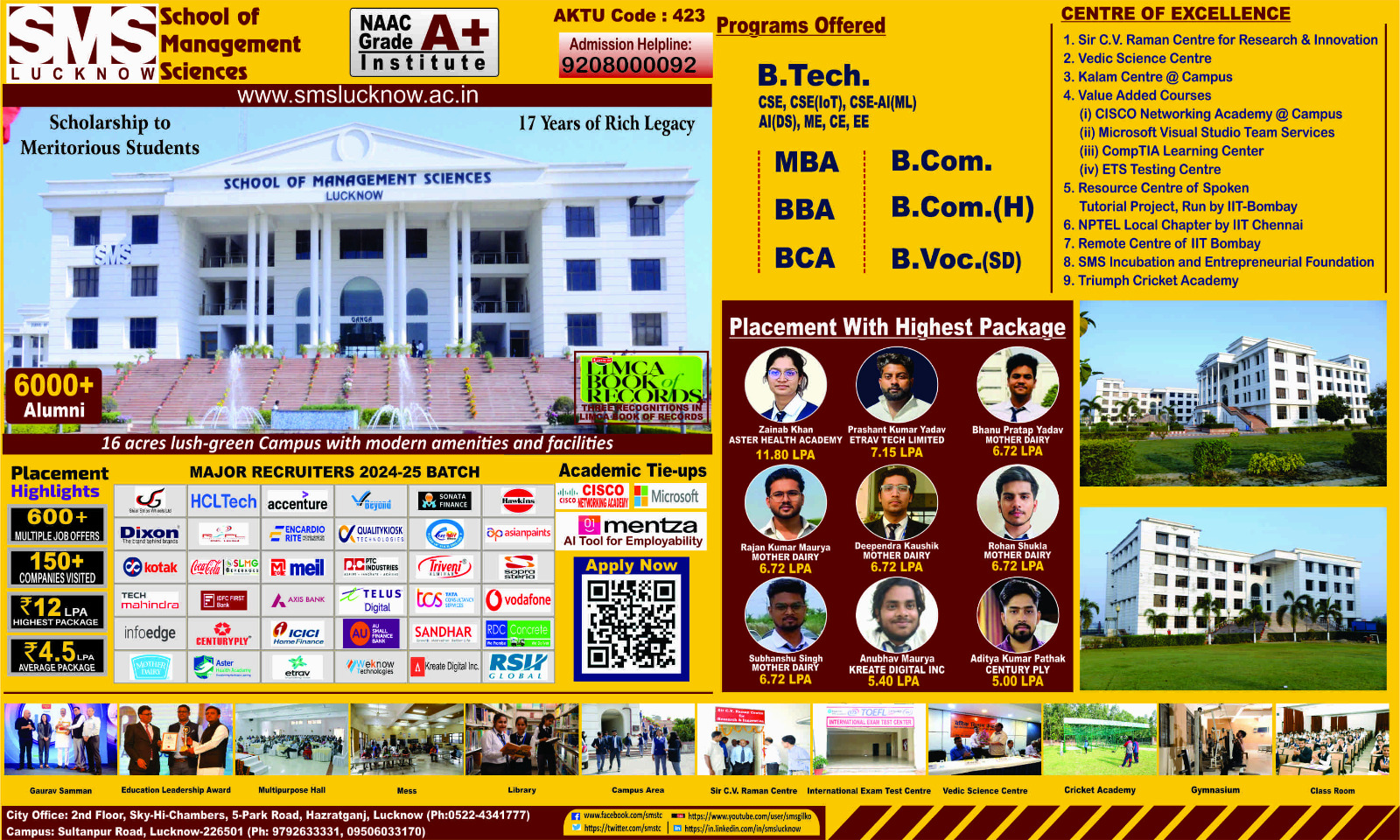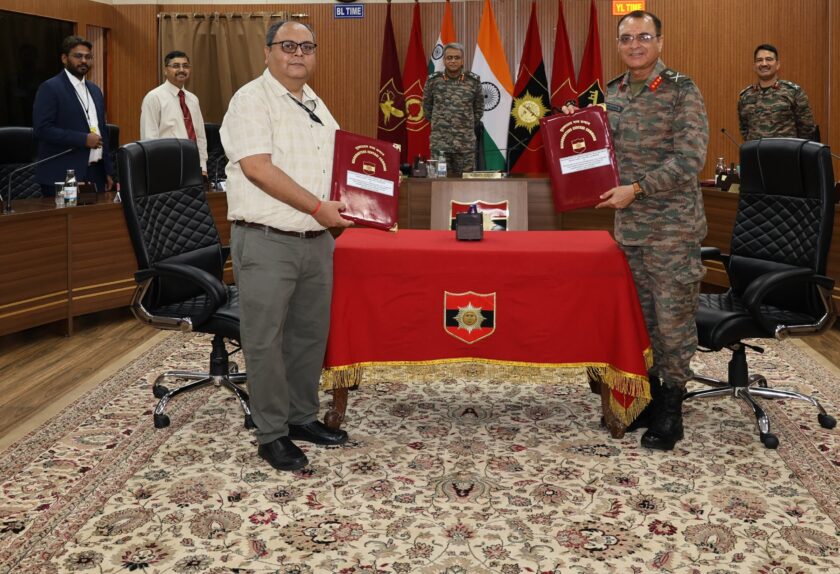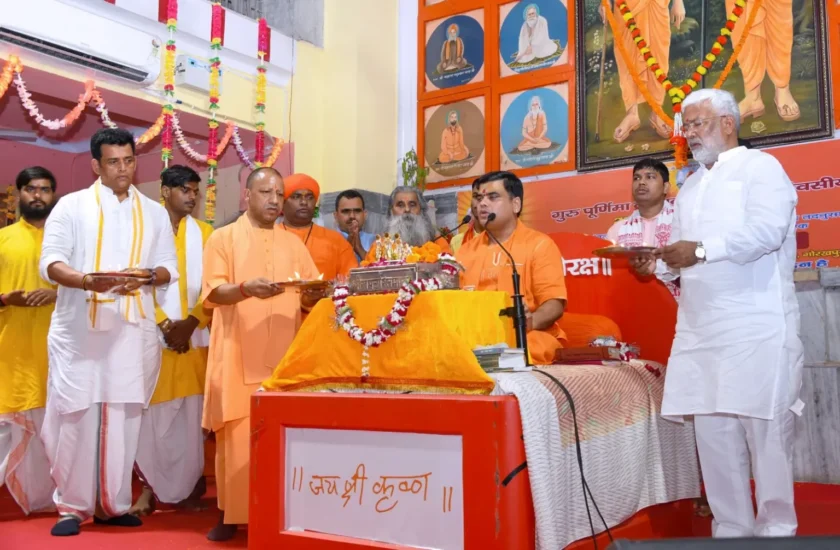Lucknow: Traffic congestion outside schools in Lucknow has long been a pressing concern, especially during opening and dispersal hours. The chaos affects students, parents, school staff, and commuters alike, often leading to delayed schedules, pollution, and safety hazards. In response, the Lucknow Development Authority (LDA), in collaboration with the district administration, traffic police, and school managements, has rolled out a series of measures aimed at regulating vehicular movement and enhancing safety near school zones.
The Problem: A Peak-Hour Gridlock
Arterial and colony roads near schools in Lucknow become hotspots for congestion during morning and afternoon hours. The presence of vending carts, unauthorized parking, and haphazard pickup and drop-off practices exacerbate the issue. Parents’ vehicles, auto-rickshaws, and school buses add to the snarls, while pedestrians, including young children, are left navigating unsafe road conditions.
Measures Being Implemented
- Designated Pickup and Drop Points
The district administration has introduced specific pickup and drop-off locations for tempos, auto-rickshaws, and private vehicles. These designated zones aim to streamline vehicular movement, allowing a smoother flow of traffic while reducing bottlenecks. - Phased Dispersal System
Schools have been directed to stagger dispersal timings, with a gap of 20 minutes between different batches of students. This phased approach prevents overcrowding of vehicles at school gates, alleviating peak-hour gridlock. - Ban on Vending Carts
To address congestion caused by roadside vendors, a directive banning vending carts outside schools has been issued. Vendors were identified as a significant factor in creating obstructions, especially during peak hours. - Deployment of Marshals and Guards
Schools are required to appoint marshals and guards outside their premises during peak hours to ensure orderly vehicular movement. Under the supervision of teachers, these marshals coordinate with drivers and parents, ensuring compliance with traffic guidelines. - Traffic Police Oversight
The Lucknow traffic police have intensified checks around school zones, issuing an eight-point advisory for better traffic management. The Lucknow Police Commissionerate emphasized the importance of coordination between school administrations and traffic enforcement teams. - Enforcement of Parking Rules
Parents and guardians are instructed to park their vehicles at least a kilometer away from school premises, minimizing congestion near gates. Vehicles picking up students must not idle or linger, ensuring rapid clearance of the area. - Student Safety Protocols
Students are encouraged to promptly board their respective buses, cabs, or vehicles to avoid lingering near school gates. This measure ensures their safety while expediting the dispersal process.
LDA’s Role in Urban Infrastructure Improvement
While the traffic police and district administration focus on immediate solutions, the LDA has taken steps to address long-term infrastructure issues around schools:
- Road Widening and Encroachment Removal: In congested zones, the LDA has initiated plans to widen roads and remove illegal structures that obstruct traffic.
- Smart Traffic Signal Installation: New signals and road signage are being installed near schools to improve vehicular regulation.
- Pedestrian-Friendly Measures: The LDA is working on creating safe pedestrian crossings, speed breakers, and designated walking zones to prioritize student safety.
Challenges and Concerns
Despite these measures, challenges persist:

- Resistance from Vendors: The removal of vending carts has faced backlash, as these small businesses rely heavily on school-time traffic for income.
- Parent Cooperation: Ensuring compliance with parking and pickup rules requires consistent awareness campaigns and strict enforcement.
- Resource Allocation: Deploying guards, marshals, and traffic personnel during peak hours adds to operational costs for schools and authorities.
Stakeholder Perspectives
Parents and Guardians: Many parents have welcomed these measures, citing improved safety for their children. However, the inconvenience of parking farther away and adhering to strict timelines has drawn some criticism.
School Administrations: While schools appreciate the focus on safety, they have expressed concerns about the feasibility of deploying staff for traffic management.
Traffic Authorities: Traffic police officials see this initiative as a step in the right direction but emphasize the need for sustained efforts and public cooperation.
Vendors: Roadside vendors view the ban as a blow to their livelihood, urging authorities to explore alternative solutions like designated vending zones.
The collaborative measures by the LDA, district administration, and traffic police mark a significant step toward addressing traffic congestion outside schools in Lucknow. By focusing on a mix of immediate and long-term solutions, the initiative aims to create safer and more organized school zones. While challenges remain, sustained enforcement, community participation, and infrastructure upgrades can pave the way for lasting improvement in urban traffic management.





